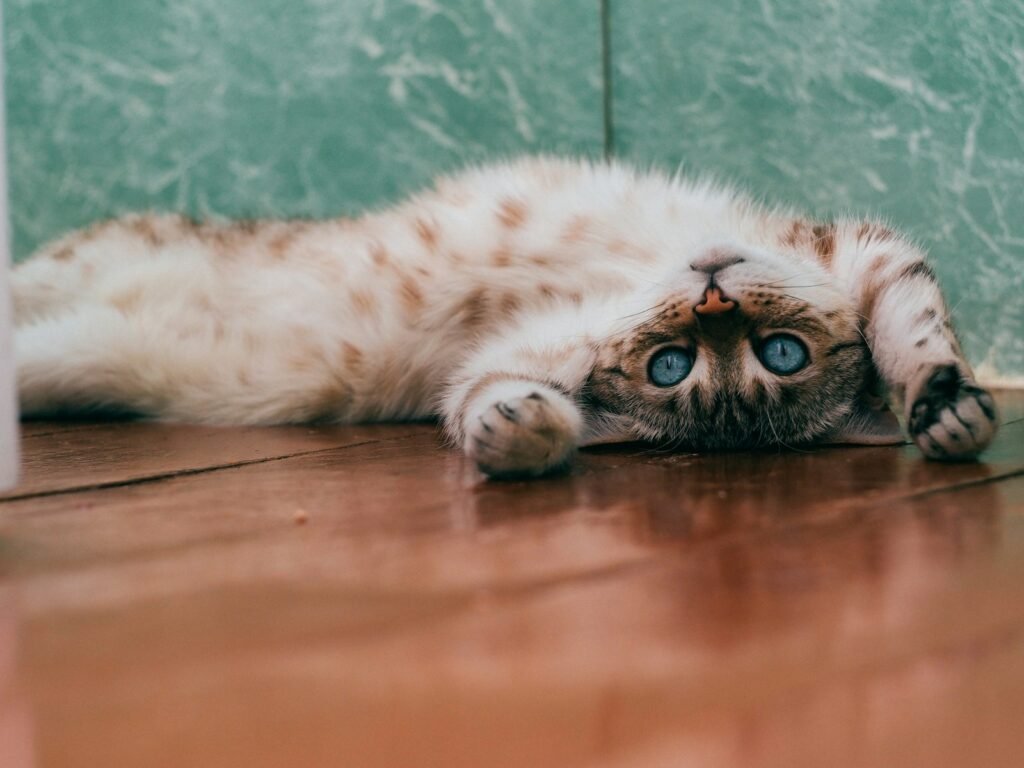Have you ever caught your cat gazing at you with an expression so cryptic, it feels like they’re studying you as a strange, oversized member of their own tribe? Cats have lived alongside humans for thousands of years, yet their mysterious behaviors often leave us puzzled. Are they treating us as equals, or do they see us as bumbling kittens in need of guidance? Let’s dive into the fascinating world of feline social behavior and uncover what’s really going on in your cat’s mind.
Feline Social Structure: The Myth of the Lone Hunter
For years, cats have carried the reputation of being solitary creatures. It’s easy to imagine them prowling alone through moonlit alleys, fiercely independent. However, scientific studies have revealed a more nuanced truth. In the wild, cats form loose colonies, especially where food is abundant. These colonies have a social hierarchy, with dominant females leading the group. It’s not a rigid pack like wolves, but more of a flexible fellowship. This social side of cats lays the foundation for how they perceive—and interact with—humans.
Kittenhood Lessons: How Mother Cats Teach Their Young
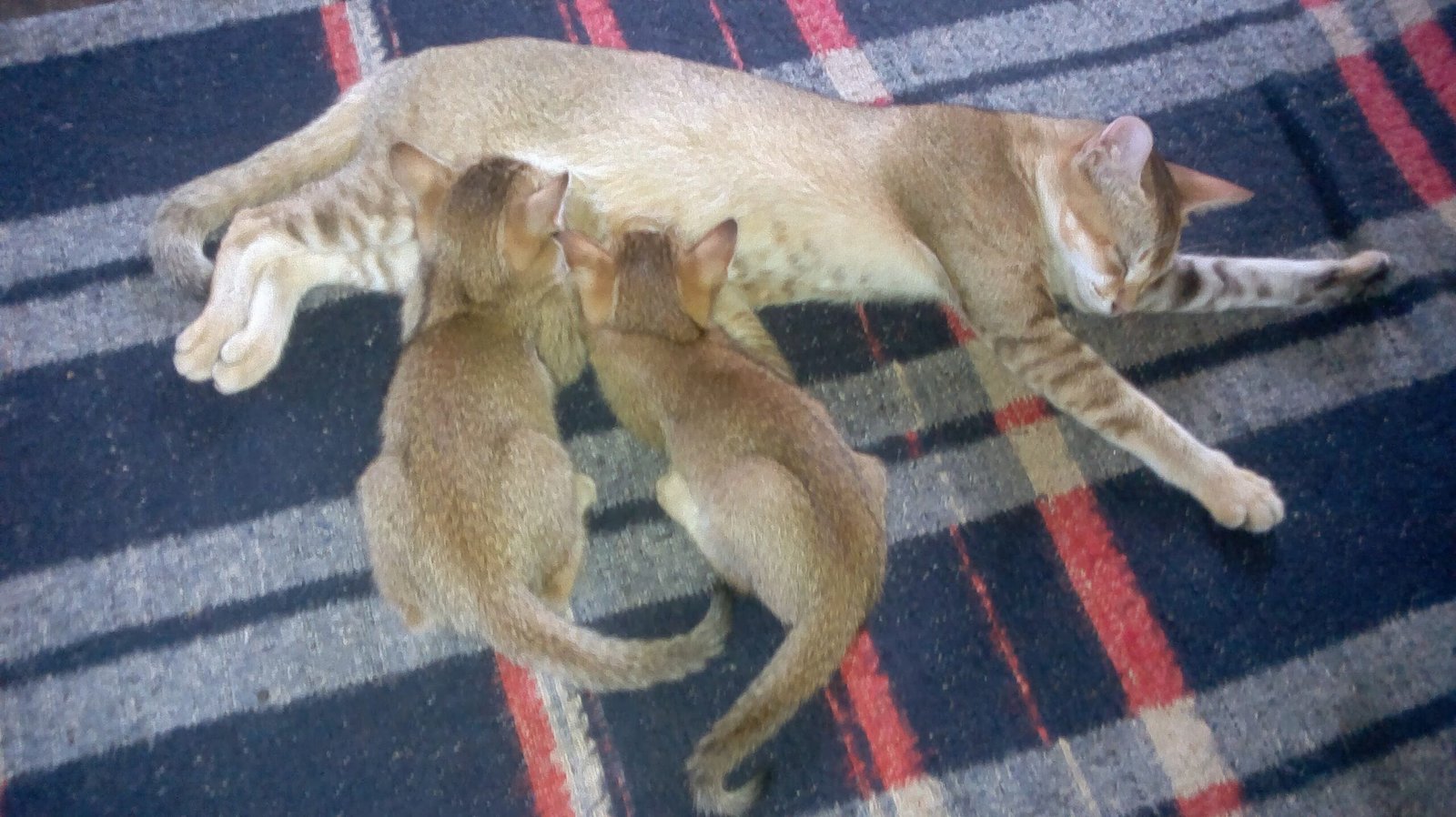
The relationship between a mother cat and her kittens is the first blueprint for feline social interaction. Mothers groom, feed, and discipline their kittens with gentle swats and licks. Kittens learn everything from hunting skills to social etiquette during this period. Many of the affectionate gestures people receive from their cats—like kneading or licking—can be traced directly to these early lessons. It’s almost as if, when your cat kneads your lap or nibbles your hand, they’re replaying the nurturing rituals of kittenhood.
Do Cats Recognize Us as Human—or Feline?
Unlike dogs, who clearly distinguish between species, cats seem to blur the line. Recent research suggests cats don’t see us as a separate species but as part of their extended social group. The way they greet us—tail up, rubbing against our legs, or even bringing us “gifts”—mirrors how they interact with other cats. This blending of social cues points toward a unique perspective: perhaps we’re just very large, slightly awkward cats in their eyes.
Communication in Cat Language: Tail Flicks, Meows, and More
Cats have a rich vocabulary of signals: ear positions, tail movements, and body postures all tell a story. Interestingly, adult cats rarely meow at each other; this vocalization is reserved almost exclusively for humans. Some scientists believe meowing is a learned behavior, a way for cats to “talk” to us as they would to a mother cat. When your cat meows at you, it might be their way of saying, “Pay attention, big kitten. I need something.”
Grooming Rituals: Affection or Authority?
You might notice your cat licking your fingers or hair, especially during quiet moments together. In feline society, grooming is both a sign of affection and a gentle assertion of dominance. When a cat grooms another, it’s often the more confident one taking charge. So, if your cat licks you, it could mean they care—or that they quietly believe they’re in charge of this particular “kitten” (that’s you).
Play Behavior: Training or Bonding?
Cats are notorious for their playful antics—chasing string, pouncing on shadows, and ambushing your toes under the covers. For kittens, play is serious business; it’s how they hone their hunting skills. When adult cats play with humans, they may be trying to teach us the basics of “being a cat,” or simply bonding in a way that feels natural to them. That feather wand you wave isn’t just a toy—it’s a lesson in how to be a better feline.
Bringing “Gifts”: A Surprising Sign of Care
Many cat owners have woken up to the shock of a dead mouse or bird placed lovingly at their feet. While this can be alarming, it’s rooted in feline social behavior. In the wild, mother cats bring prey to their kittens as a teaching tool. When your cat brings you a “gift,” they might be trying to provide for you—or, in their eyes, train you to hunt. It’s both a gesture of affection and a subtle hint that you’re not quite as skilled as they are.
Body Language: The Cat’s Secret Code
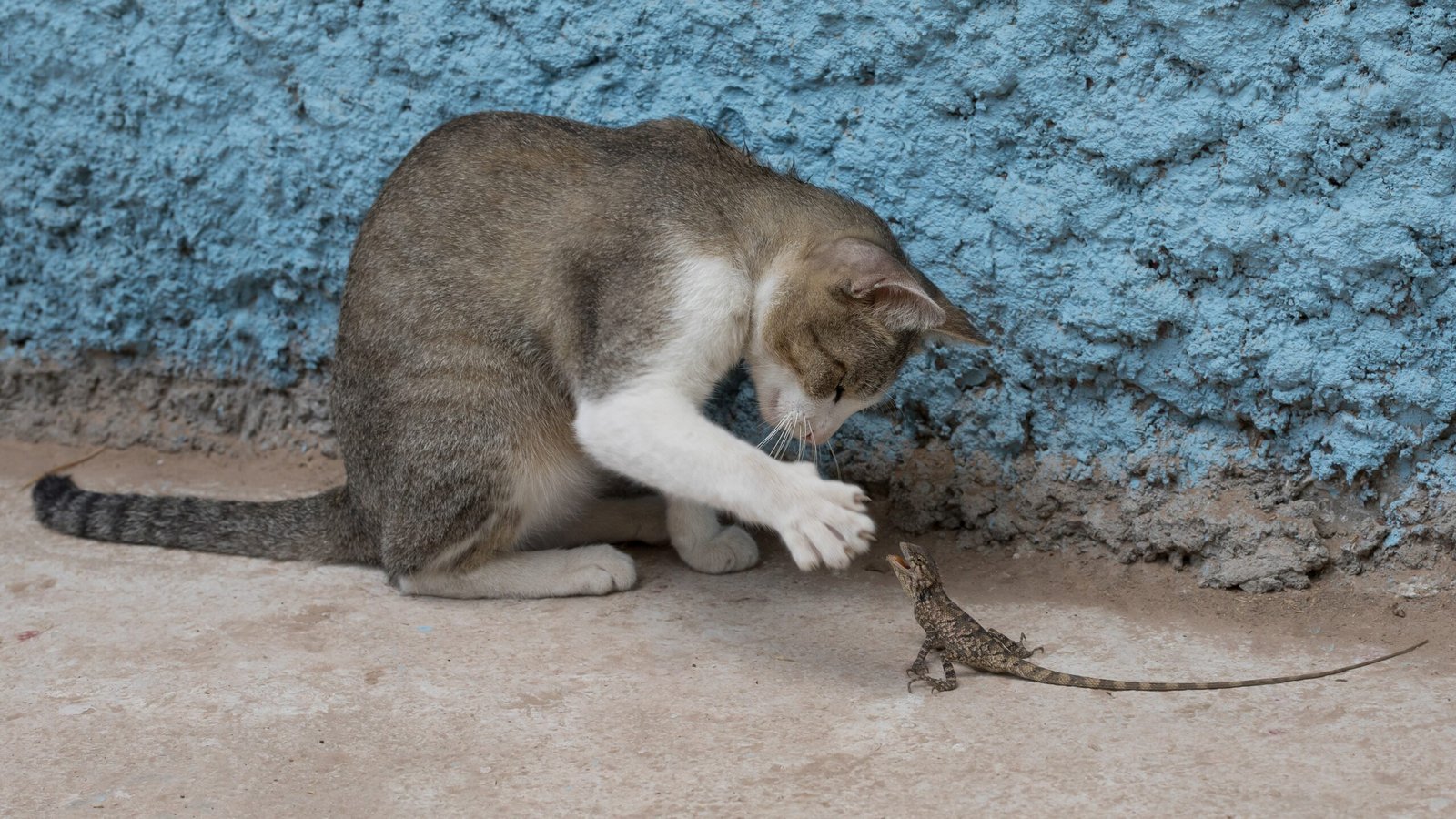
Reading a cat’s body language is like deciphering a secret code. An upright tail signals friendliness, while a slow blink conveys trust. When a cat flops onto its back and exposes its belly, it’s not always an invitation for a belly rub—instead, it shows they feel safe. By responding to these subtle cues, we start to bridge the gap between species, even if we never get the whole story right.
The Head Bump: A Feline Handshake
One of the most endearing gestures a cat offers is the gentle head bump, also known as bunting. In cat society, this is a greeting reserved for close friends and family. By rubbing their scent glands on you, your cat marks you as part of their group. It’s a sign of trust, acceptance, and maybe even a little pride—the way a big sibling pats a younger one on the head.
Why Cats Follow Us Around
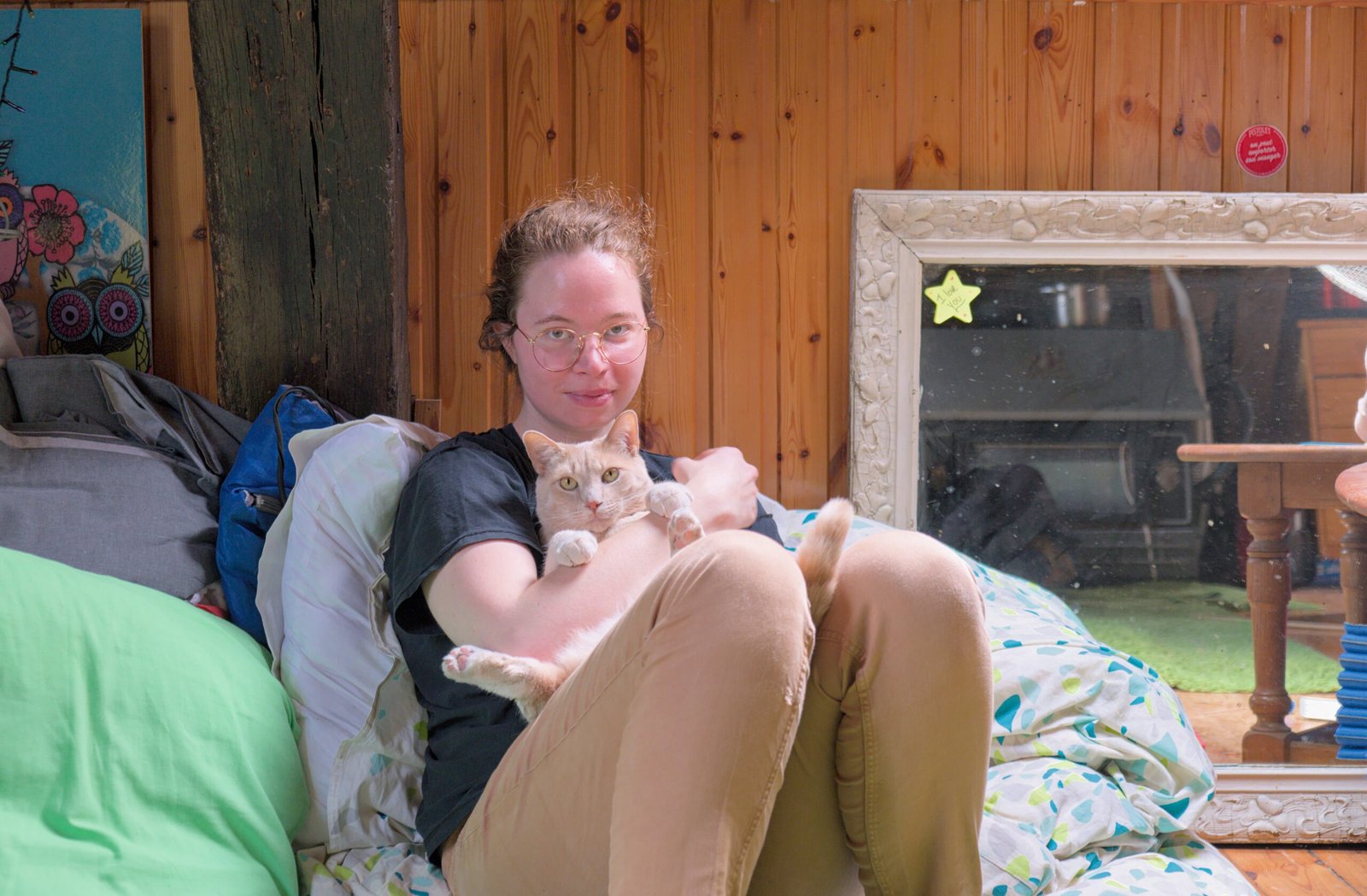
Ever had a furry shadow trailing you from room to room? Cats are curious, of course, but they also follow their favorite humans as a way of keeping tabs on their “family.” In the wild, kittens follow their mothers for safety and learning. When your cat pads after you, it’s a blend of affection, curiosity, and perhaps a belief that you still need a little supervision.
Feeding Time: Rituals and Expectations
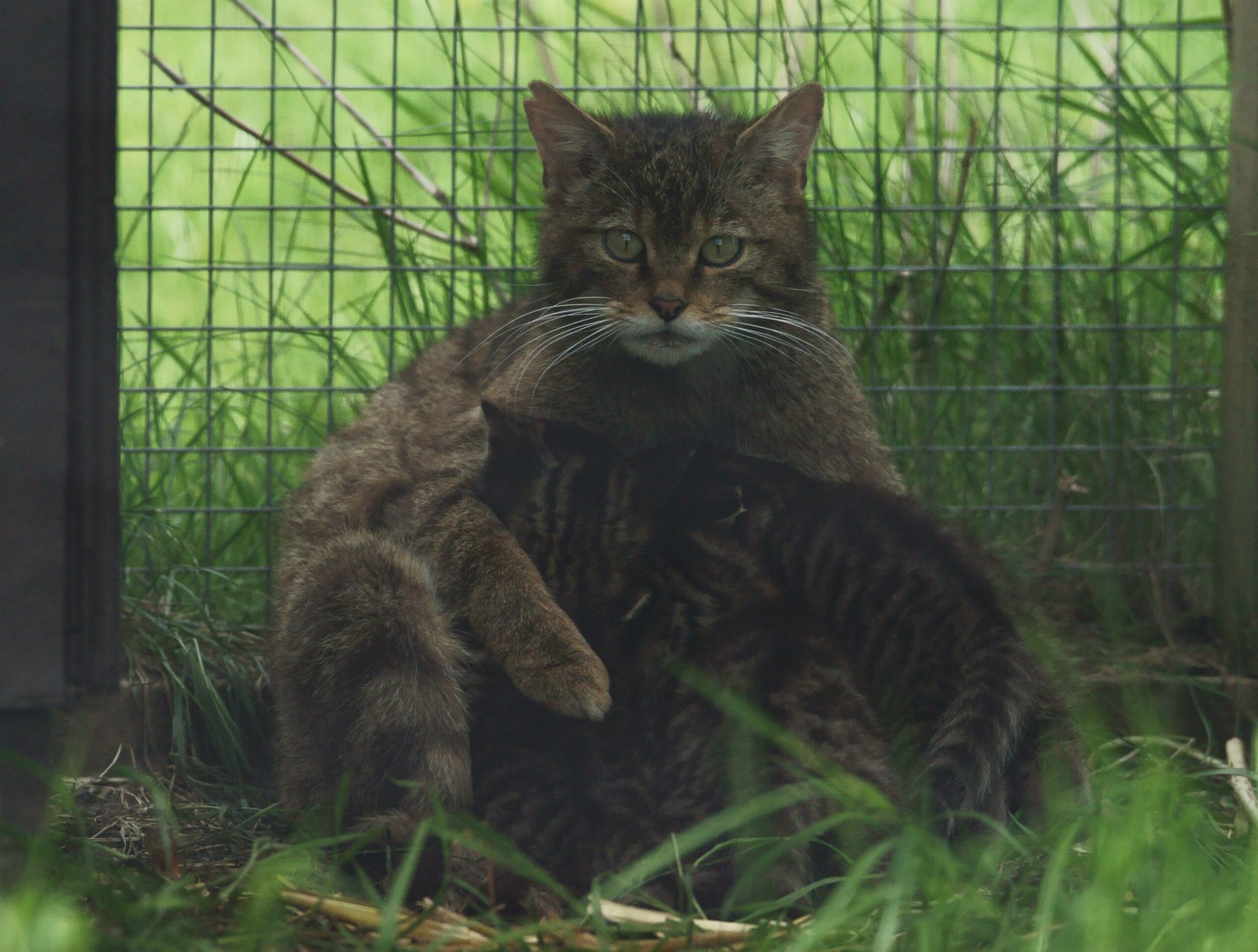
Cats are creatures of habit, and mealtime is a highlight of their day. In multi-cat households, dominant cats often eat first, while others wait their turn. Some experts believe that when your cat insists on being fed at a certain time, they’re treating you like a kitten who needs reminders about routine. Your cat’s insistence on punctual meals might be more about social order than hunger.
Territory and Sharing Space
Cats are territorial animals, and their home is their kingdom. Yet, they often allow humans into their personal space, which is a big deal in feline terms. By curling up on your bed or spreading out on your favorite chair, your cat signals trust and acceptance. In their minds, you’re sharing a den, just as cats do in close-knit colonies.
The Slow Blink: A Signal of Deep Trust
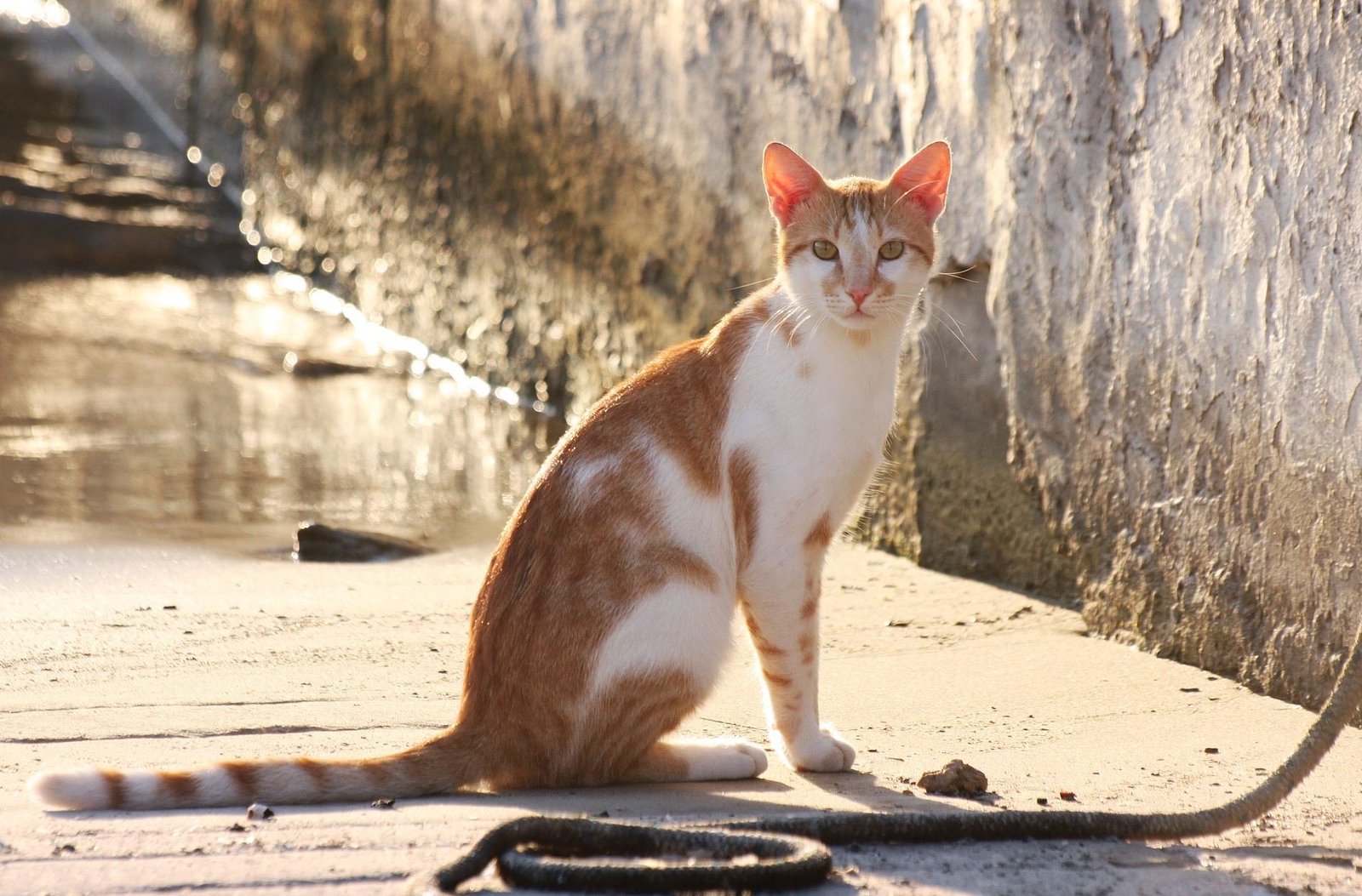
If you notice your cat giving you a long, slow blink, consider yourself lucky. This gesture is the feline equivalent of a warm smile or a gentle hug. In cat society, slow blinks are reserved for those they trust completely. Try returning the gesture—you might be surprised when your cat blinks back, sealing a silent pact of friendship.
Scratching and Scent Marking: Leaving Their Signature
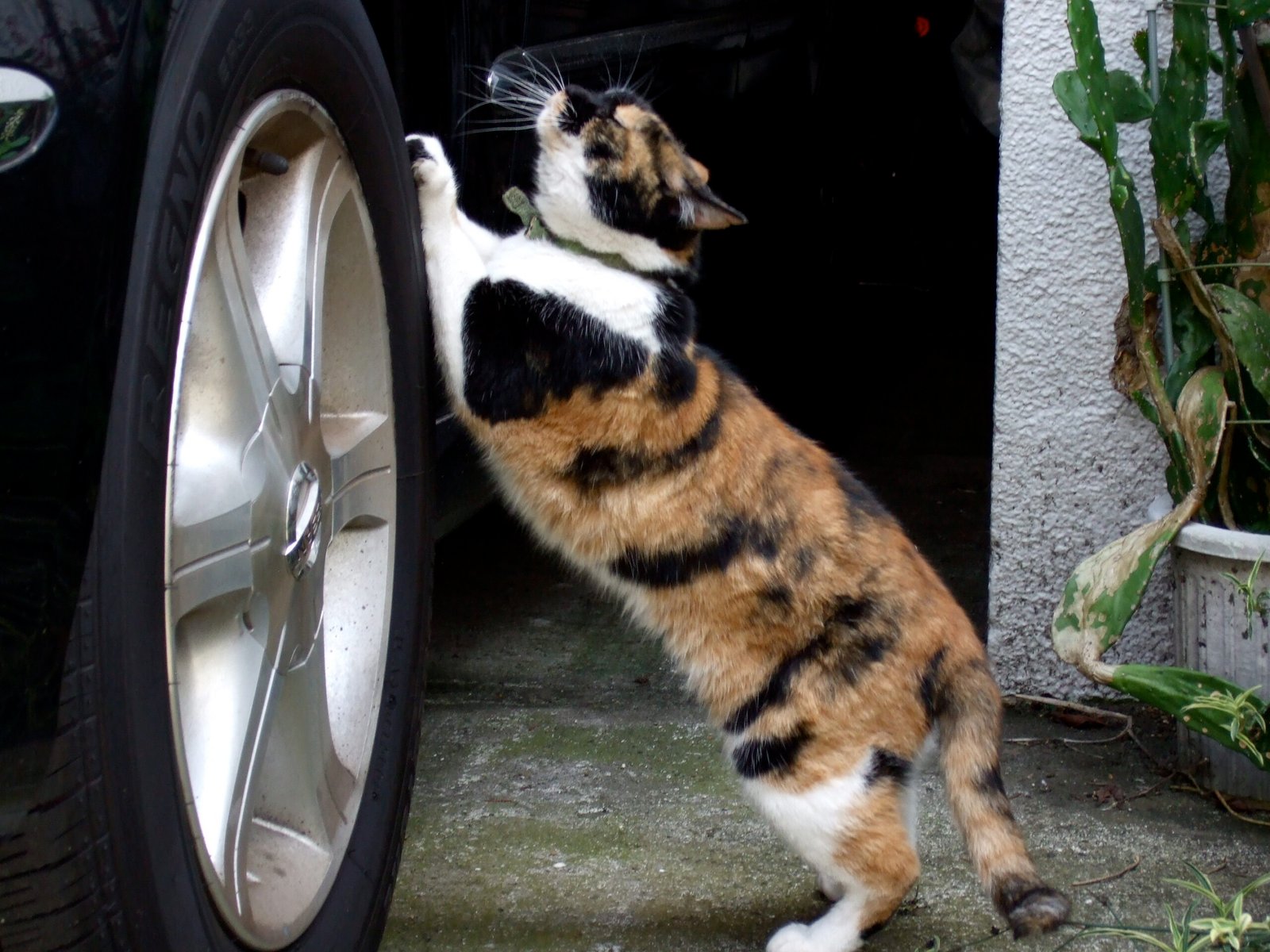
Scratching is not just about sharpening claws; it’s also a way for cats to leave visual and scent marks. When your cat scratches your furniture (to your dismay), they’re claiming territory—not just for themselves, but for their social group. By sharing these spaces, your cat weaves you into their world, marking you as family.
Sleep Habits: Choosing Their Companions
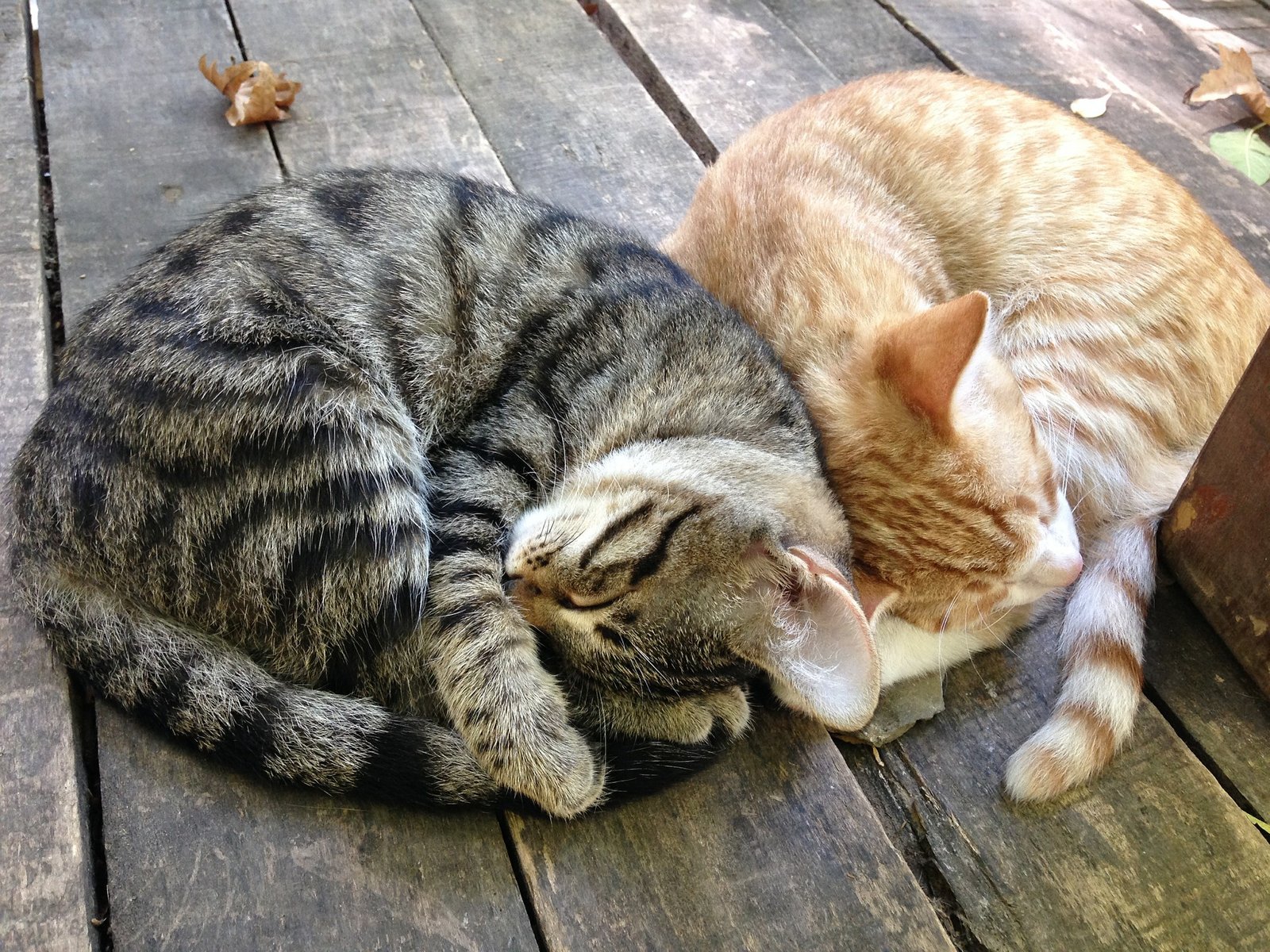
Cats spend a huge portion of their lives sleeping, and their choice of sleeping partner is no accident. In feline colonies, cats sleep in piles for warmth and safety. If your cat curls up beside you, they’re expressing a deep sense of security. To your cat, you’re not just a roommate—you’re a trusted denmate.
Discipline and Correction: Swats, Nips, and Lessons
Sometimes cats discipline their humans with a quick swat or nip, especially when overstimulated. In the world of cats, this is normal social behavior. Mothers correct their kittens with gentle taps, teaching boundaries and respect. When your cat gives you a warning tap, they might be saying, “You’re getting too rough, little kitten.”
The Role of Purring: Comfort, Healing, and Communication
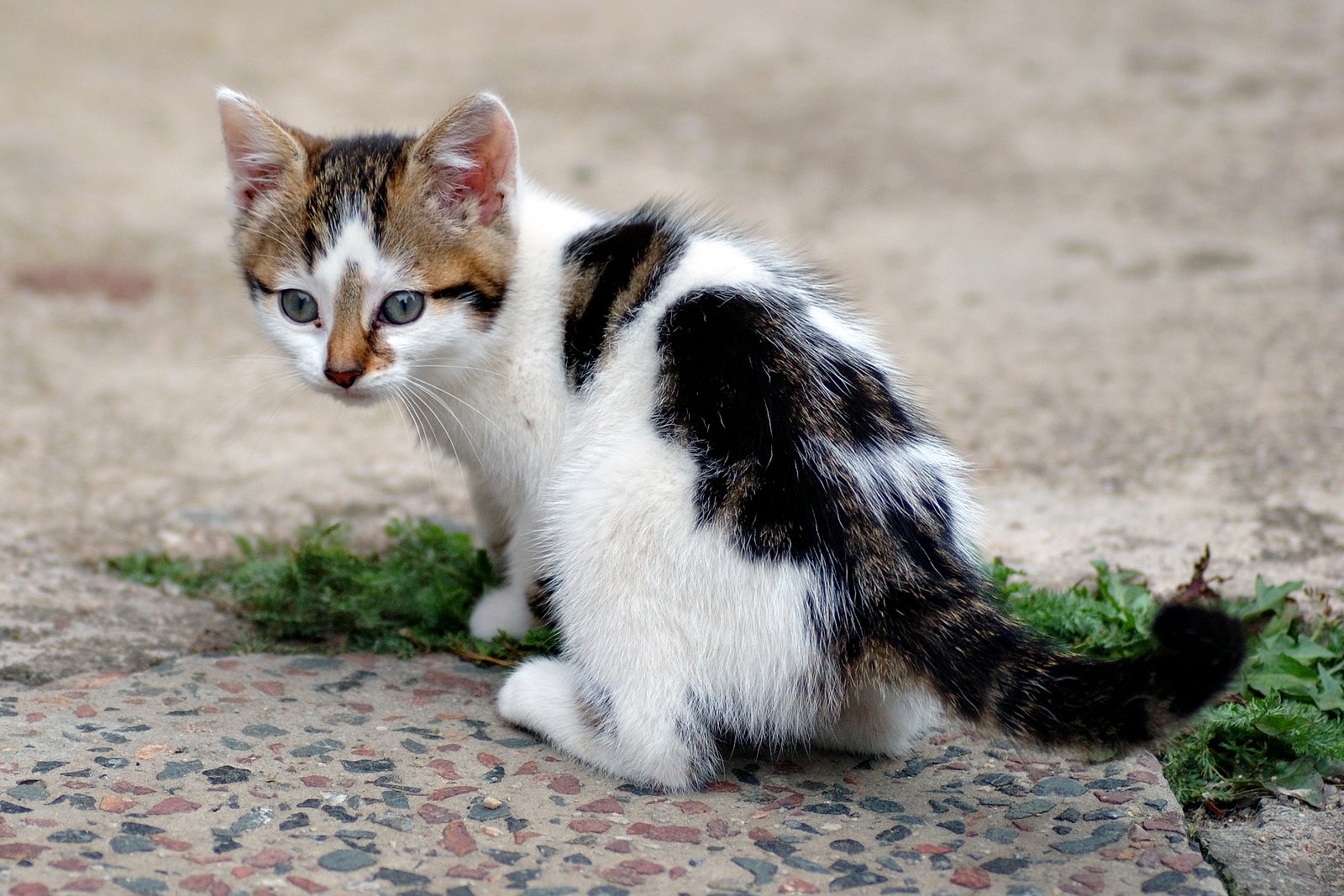
Purring is one of the most soothing sounds in the animal kingdom. While cats purr when content, they also purr to comfort themselves or others, especially during stress or pain. Some scientists believe purring may have healing properties, helping to mend bones and reduce inflammation. When your cat purrs on your lap, they’re sharing a powerful tool of connection and care.
Learning and Mimicry: Watching Humans Closely
Cats are keen observers, often mimicking the routines and habits of their favorite humans. From sitting on laptops to batting at light switches, they copy what they see. This mimicry may stem from their kittenhood, when learning by watching was crucial for survival. Your cat’s attempts to “help” with chores are their way of joining in and learning the ropes of your peculiar human world.
Attachment Styles: Every Cat Is Unique
Just as people have different personalities, cats vary widely in their attachment styles. Some are aloof and independent, while others are clingy and affectionate. These differences can be traced to genetics, early socialization, and even their experiences with humans. Whether your cat sees you as a big kitten, a peer, or a benevolent provider depends on their unique perspective.
How Science Is Unraveling the Feline Mind
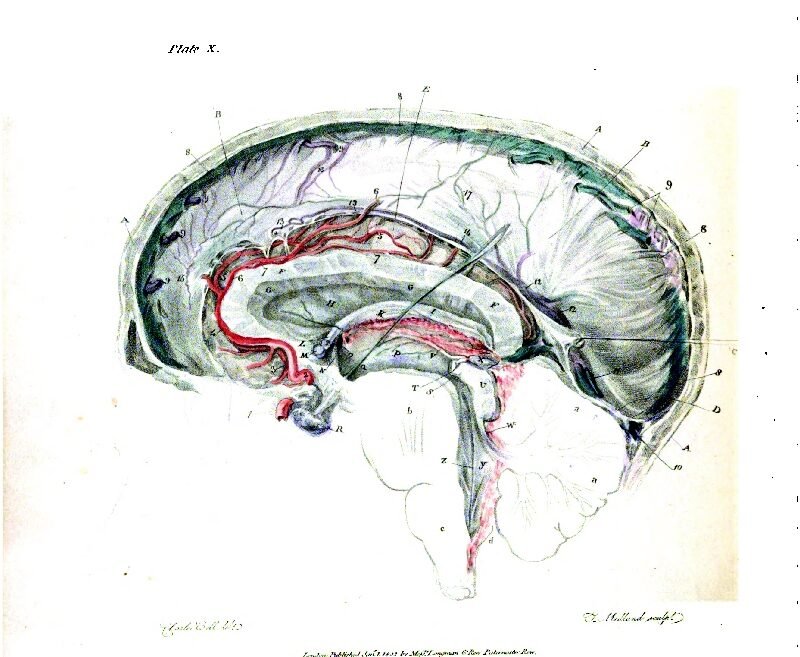
In recent years, research into feline cognition and behavior has blossomed. Scientists use everything from brain scans to behavioral experiments to unlock the secrets of the cat mind. They’ve found cats can read human emotions, remember past events, and even solve puzzles. The more we learn, the clearer it becomes: cats are not just mysterious—they’re deeply complex, with social lives as rich and varied as our own.
Your relationship with your cat is a dance between two very different worlds. Whether they see us as big, clumsy kittens or just peculiar members of their family, one thing is clear: cats have woven themselves into the fabric of our lives, teaching us to appreciate mystery, patience, and the quiet language of trust.

